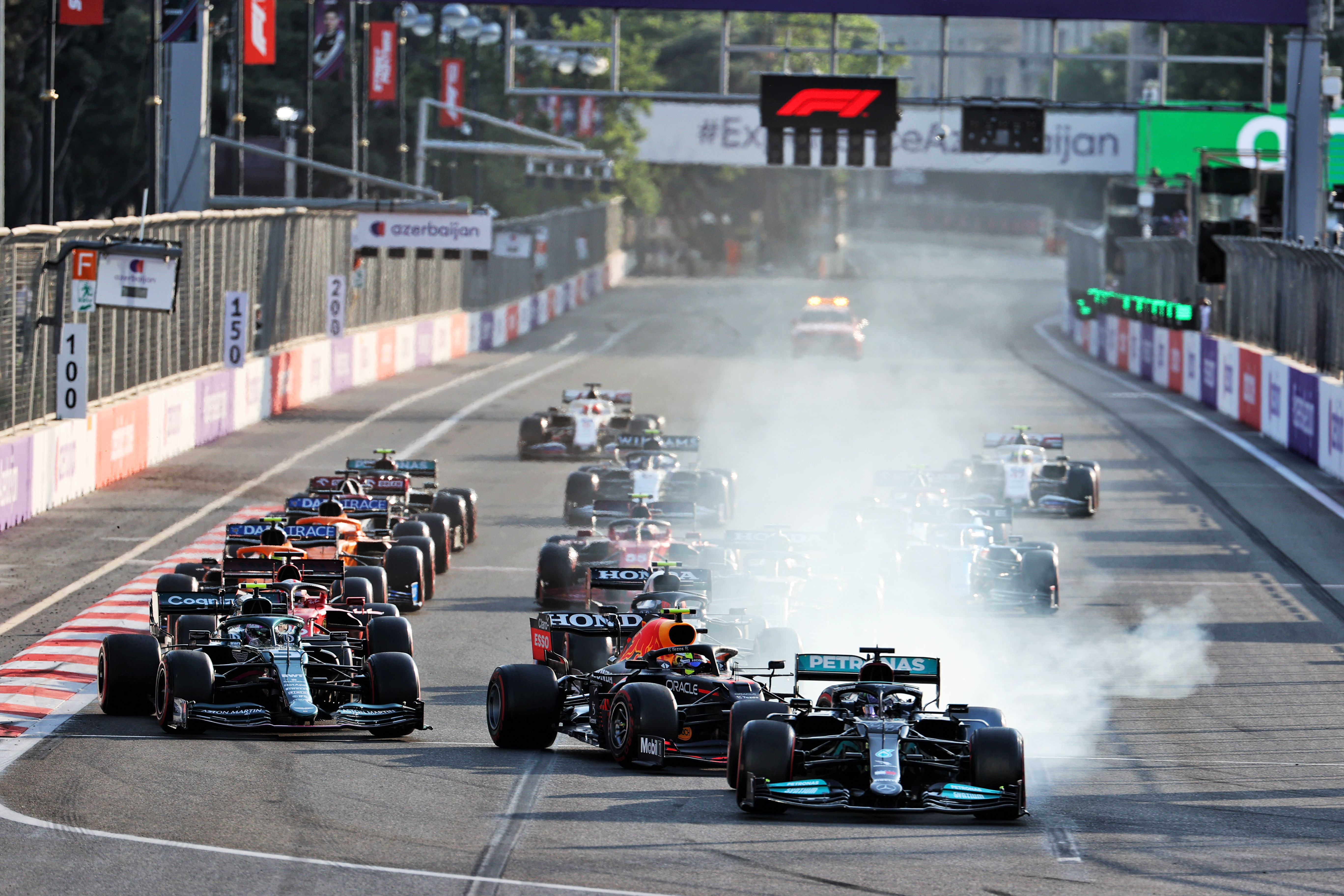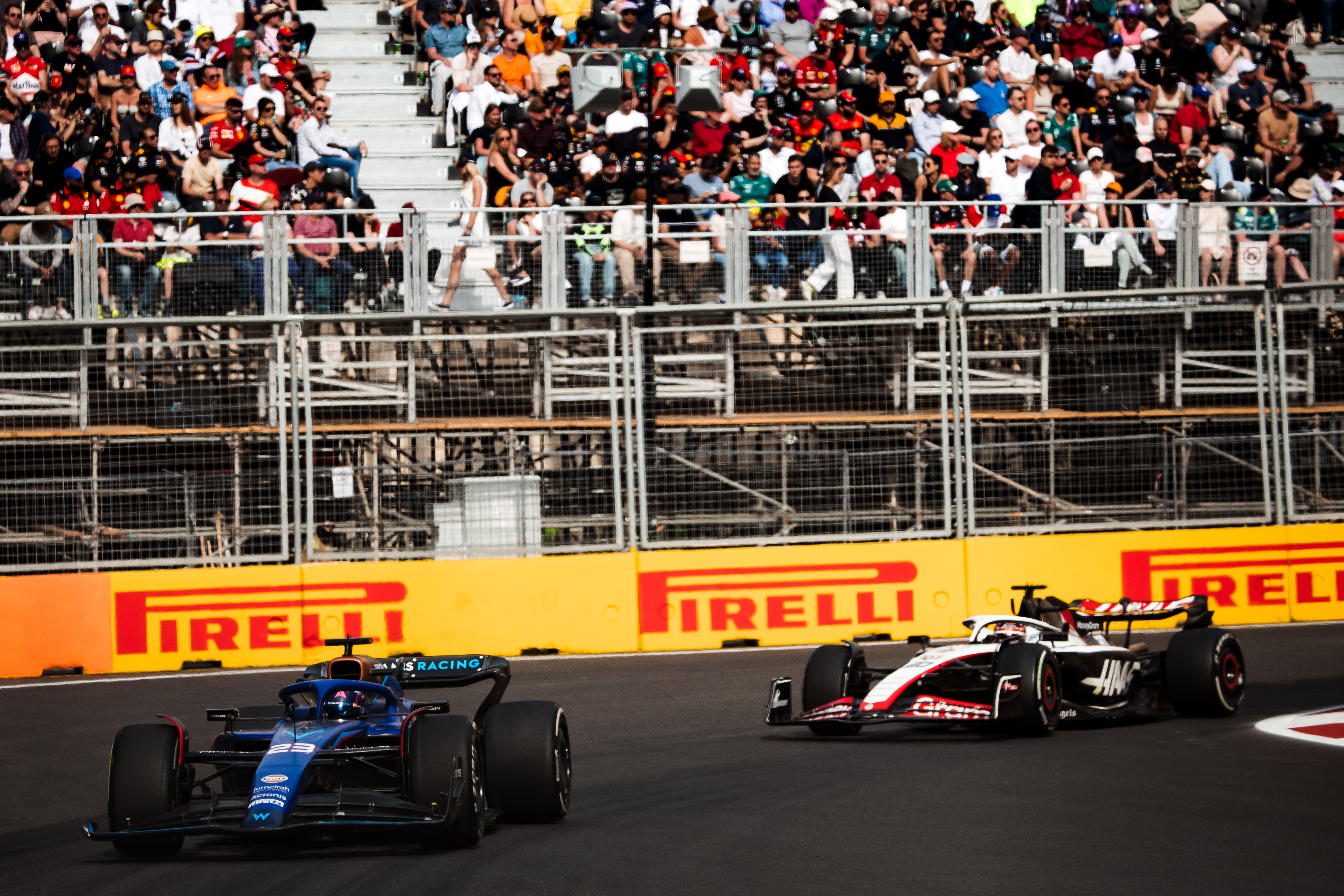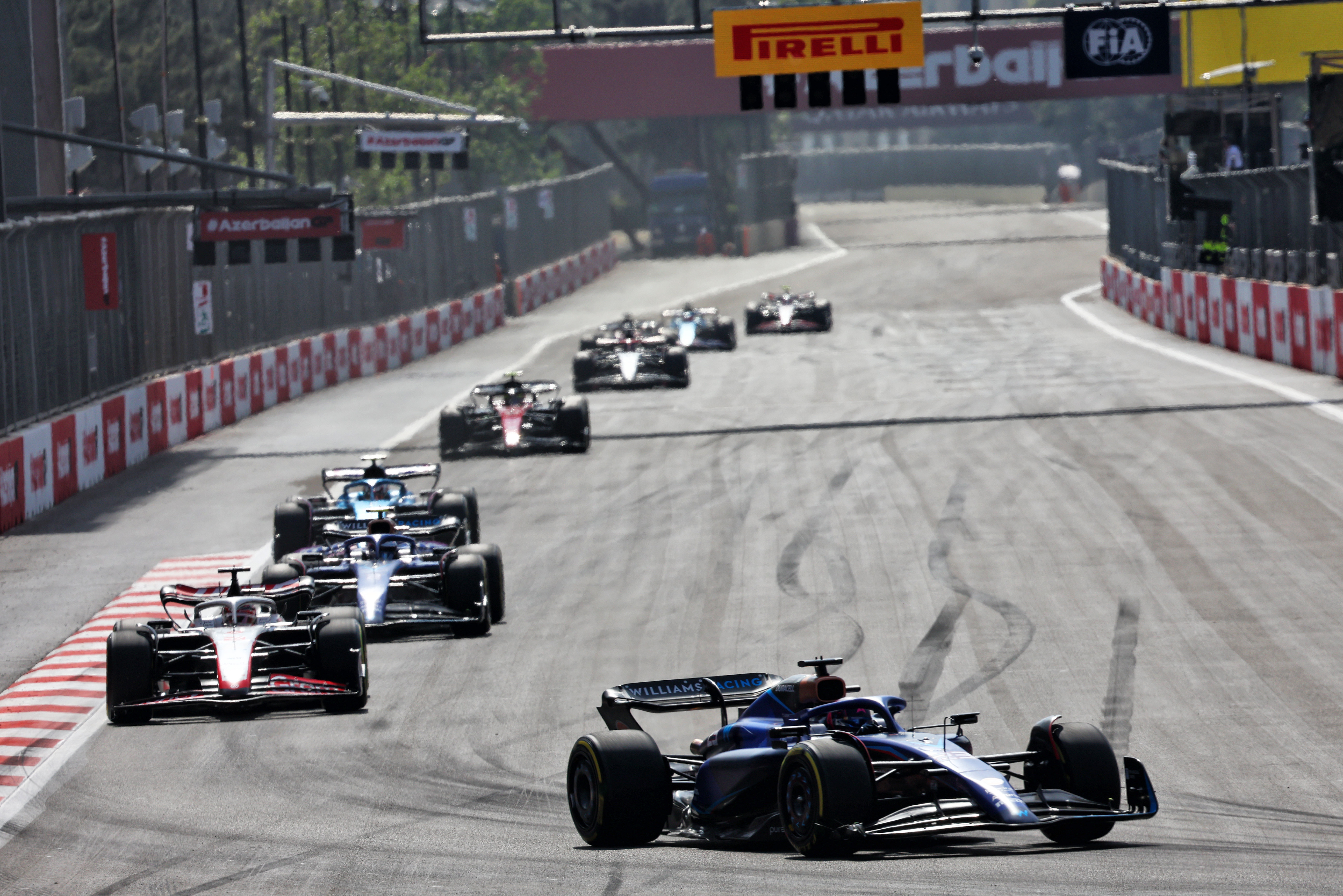Baku’s Formula 1 race thrives on the track being a chaos-generator. When that key ingredient is missing, the result is the 2023 Azerbaijan Grand Prix.
Races here are not especially good. They can be wild, yes. Because they rely on brief sparks of madness that turn the grand prix on its head. Without that the Azerbaijan GP is flat.
That’s not to say it’s a bad grand prix venue. It’s good to have a range of tracks with different challenges and levels of jeopardy. F1 would probably miss half its calendar if it only had circuits that were perfect for racing.

What makes Baku a good addition to the schedule is that it provides its own variables that can ignite a race. The juxtaposition of the long straights and extremely tight corners create set-up challenges, the walls are extremely unforgiving, the conditions are usually challenging (a low-grip surface but warm temperatures and usually a lot of wind). Some tracks are boring and don’t have most (or any) of that.
This tends to breed mistakes through qualifying and the race. But there is still no guarantee of this. Sometimes the stars just align in the wrong way, which happened here. As George Russell commented after a race he described as “line astern”: “I don’t know what it was like behind, but from my side it looked like there was no overtaking.”
There wasn’t really, as this race was largely defined by opportunistic moves at restarts and major pace offsets allowing for DRS drive-bys.
The one major mistake in this race, Nyck de Vries’s fairly gentle off that turned into a retirement, came at a time to impact a few positions and obviously played a part in the way Sergio Perez won the race, but it did not necessarily transform the outcome. And beyond costing Max Verstappen the lead, at worst, it seemed to mildly inconvenience a few drivers.
There was no safety car restart, no red flag, nothing of the sort that has salvaged dull races through the years. It was closer to the original edition of the race in 2016, which was received very poorly.
A grand prix shouldn’t need dozens of overtakes to be interesting but there should at least be the possibility of something happening. Basic strategic intrigue alone isn’t enough. And ultimately, this generation of F1 car really isn’t suited to street tracks.
A dull race can’t all be blamed on Baku though. Maybe there was a mistake made ahead of this event, with the DRS zone being shortened as it was.
“I don’t quite know why they did that,” wondered Lewis Hamilton. “We had great racing with where the DRS was. By the time you switched the DRS on it was too late.
“Was there a lot of overtaking today?” Hamilton asked.
No, he was told. “Well, there you go.”

He wasn’t the only driver to think so. Kevin Magnussen said “it certainly didn’t make any sense for it to be shorter”. Alex Albon reckoned last year’s positioning was about right. Lando Norris said it was questioned by “all the drivers” in Friday’s drivers’ briefing.
They weren’t willing to make a change? “No comment,” Norris smiled.
It could be that had the DRS zone existed in its previous form, there would have just been an increase in easy, uninteresting overtakes.
At least in that scenario there would have been movement through the field. But more optimistically, perhaps it would have been the catalyst for a few real passes – the difference between drivers being stuck and being able to take a chance.
“It definitely took a little bit of the edge off you in braking,” reckoned McLaren team boss Andrea Stella.
“If you are like 5-10 metres closer, you can try and attack, which for us was impossible during the whole race. So certainly for us it would have been welcomed.
“What the FIA and F1 have to look carefully at is this year it looks like it was generally more difficult to overtake, possibly not only because of DRS, but because of a little less slipstream effect.”
Stella references an unfortunate trend emerging from the class of 2023 that is harming the efforts to improve racing in general. There are more and more comments about cars getting harder to follow again following the technical rules overhaul last year, and even of the slipstream effect becoming even less pronounced.
“The cars are harder to follow – if anything the DRS zone should be the same or even longer,” said Magnussen.

Albon concurred: “As the load is coming onto the cars, the cars are getting harder to follow.
“It’s not as good as it was before and then the slipstream hasn’t been as good as previous years’ cars.
“That’s where you’re seeing this DRS train.”
The 2023 Azerbaijan Grand Prix was about as bad as F1 can be in Baku. What’s concerning is that it might be indicative of a trend that impacts several other races too.





